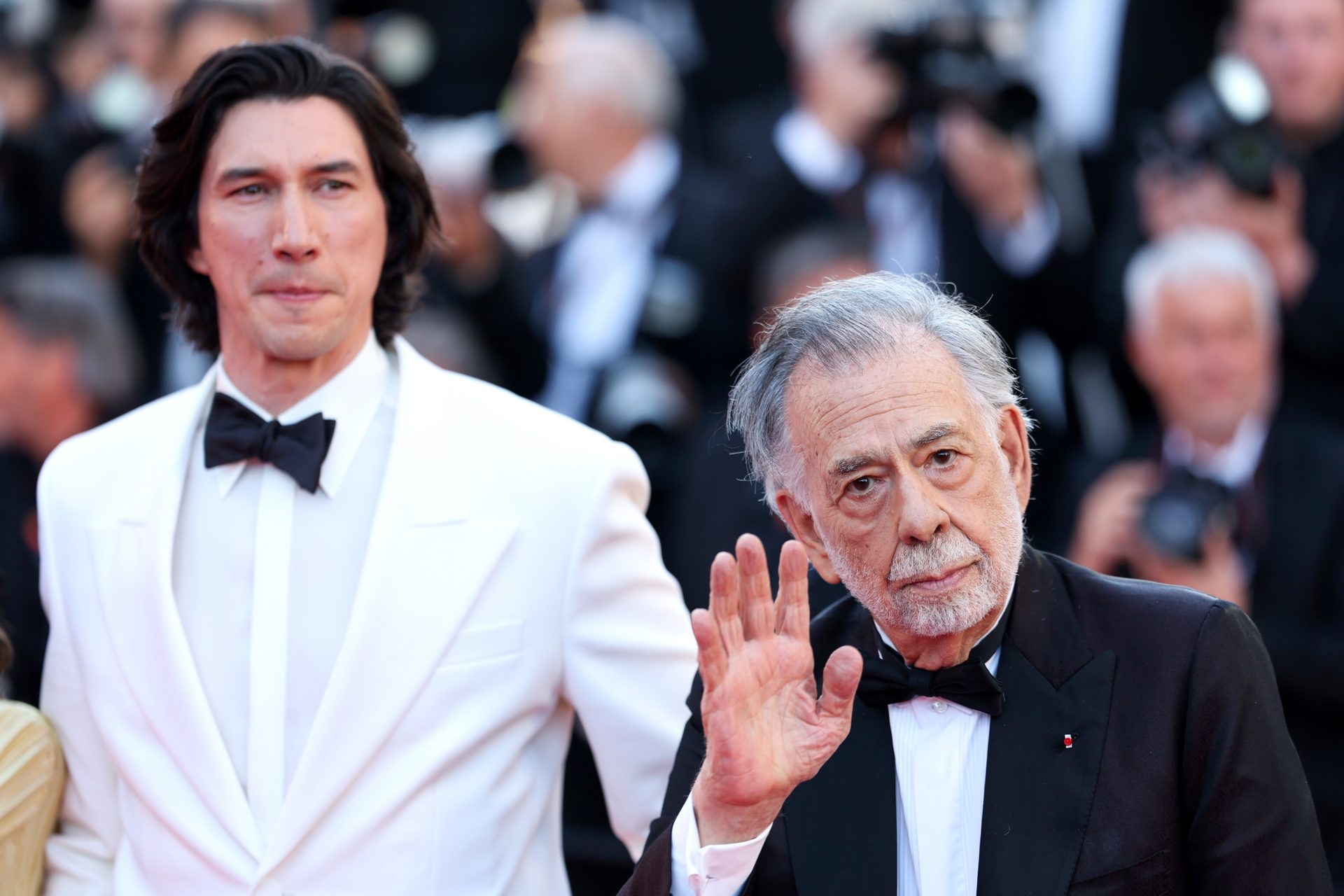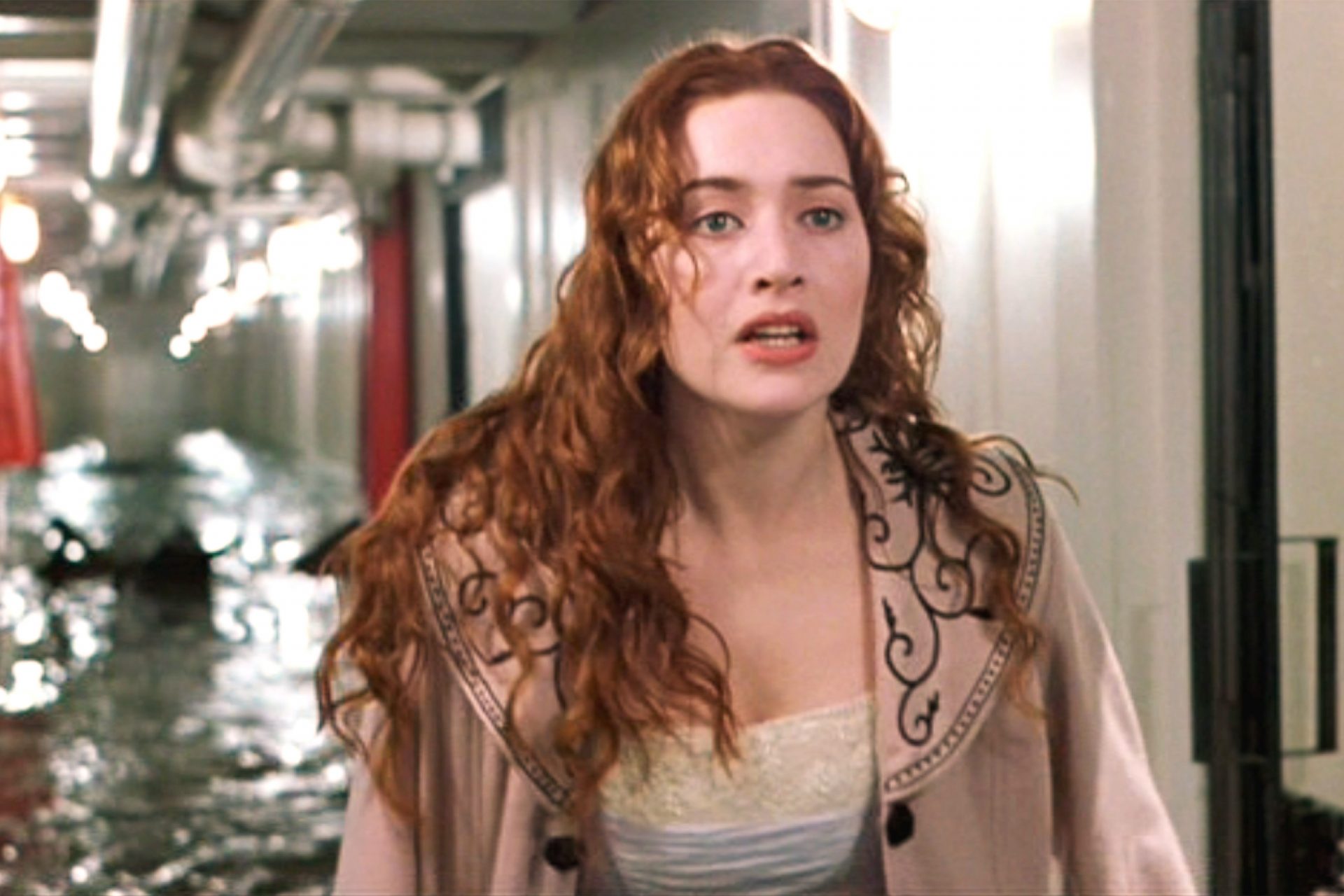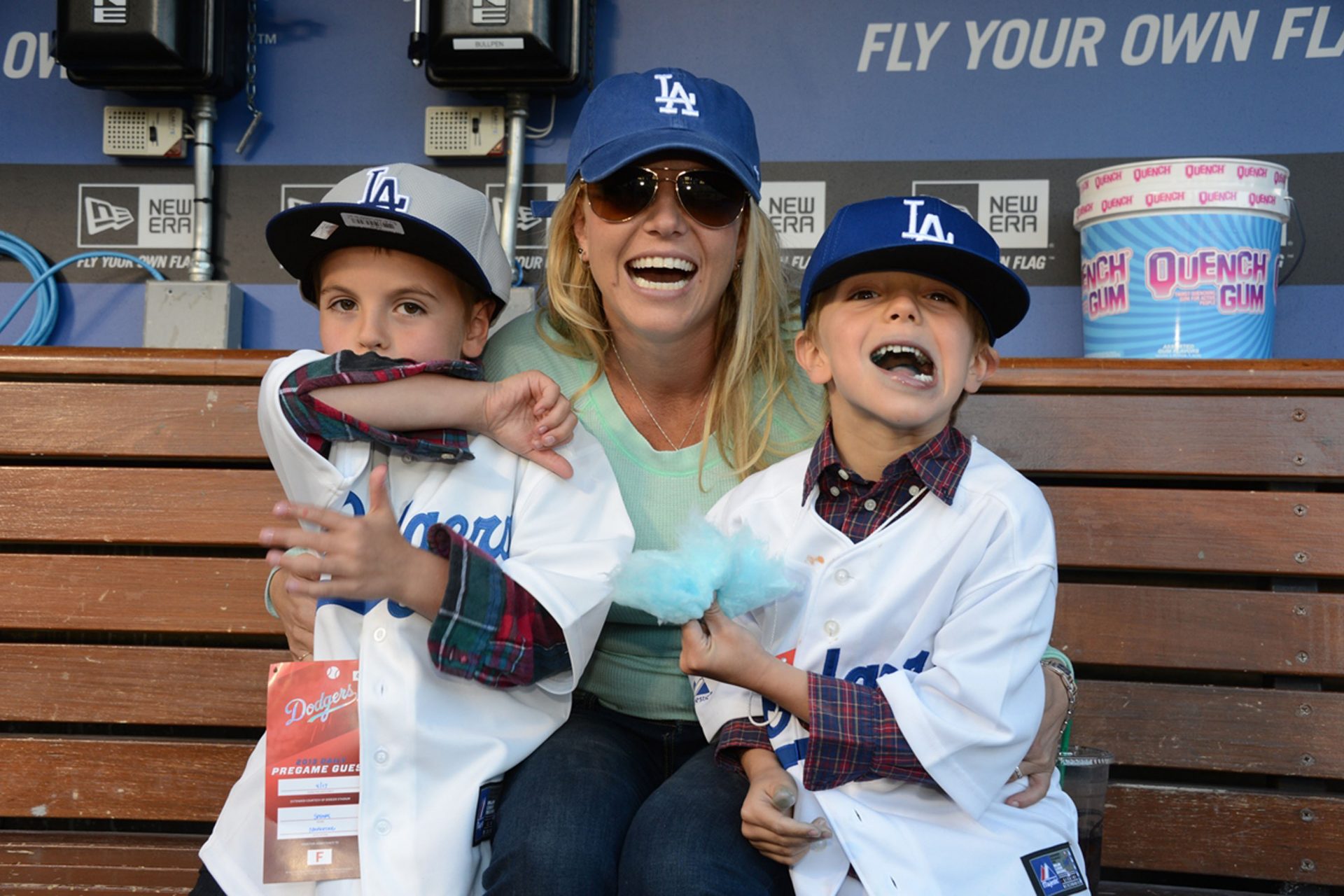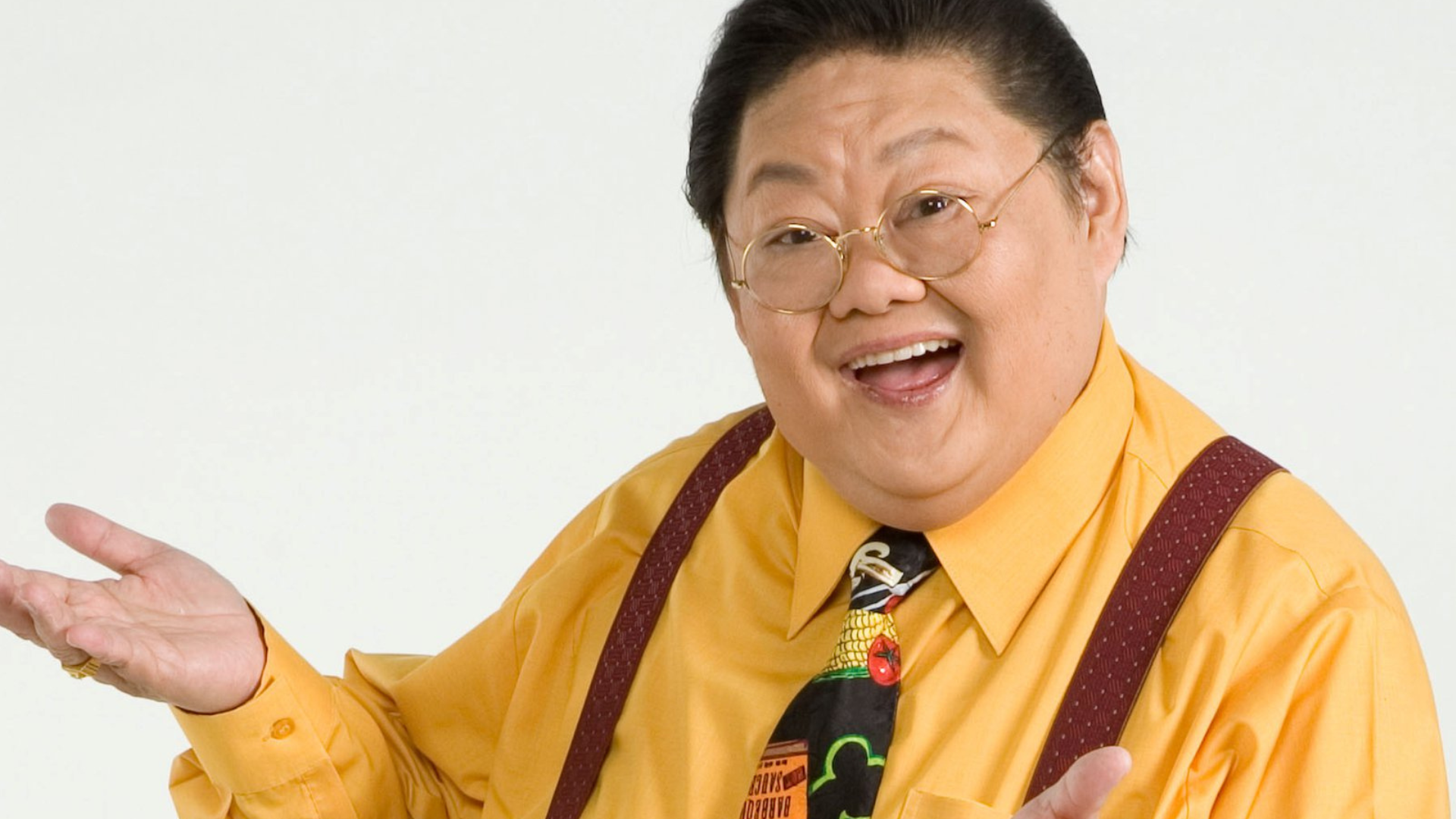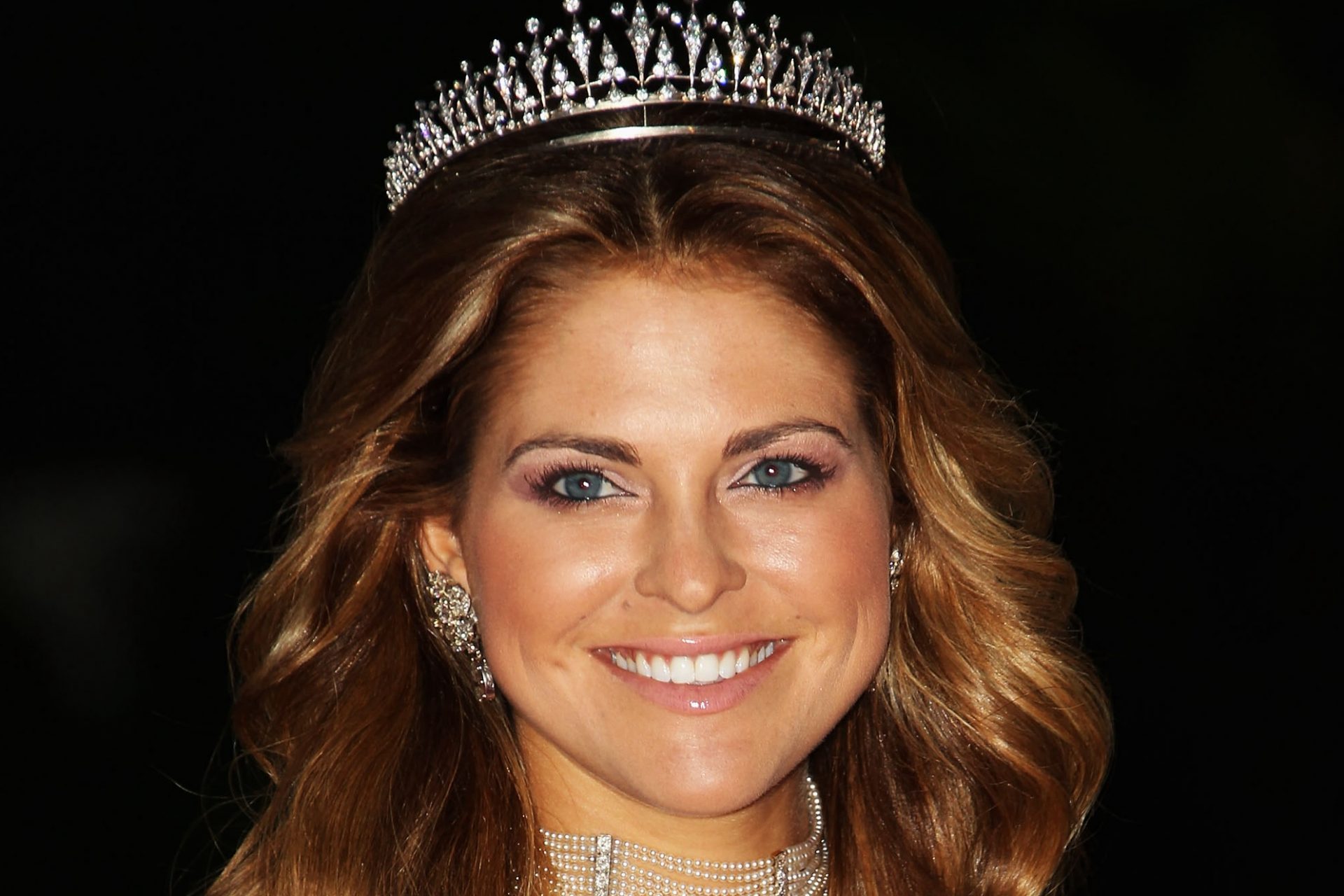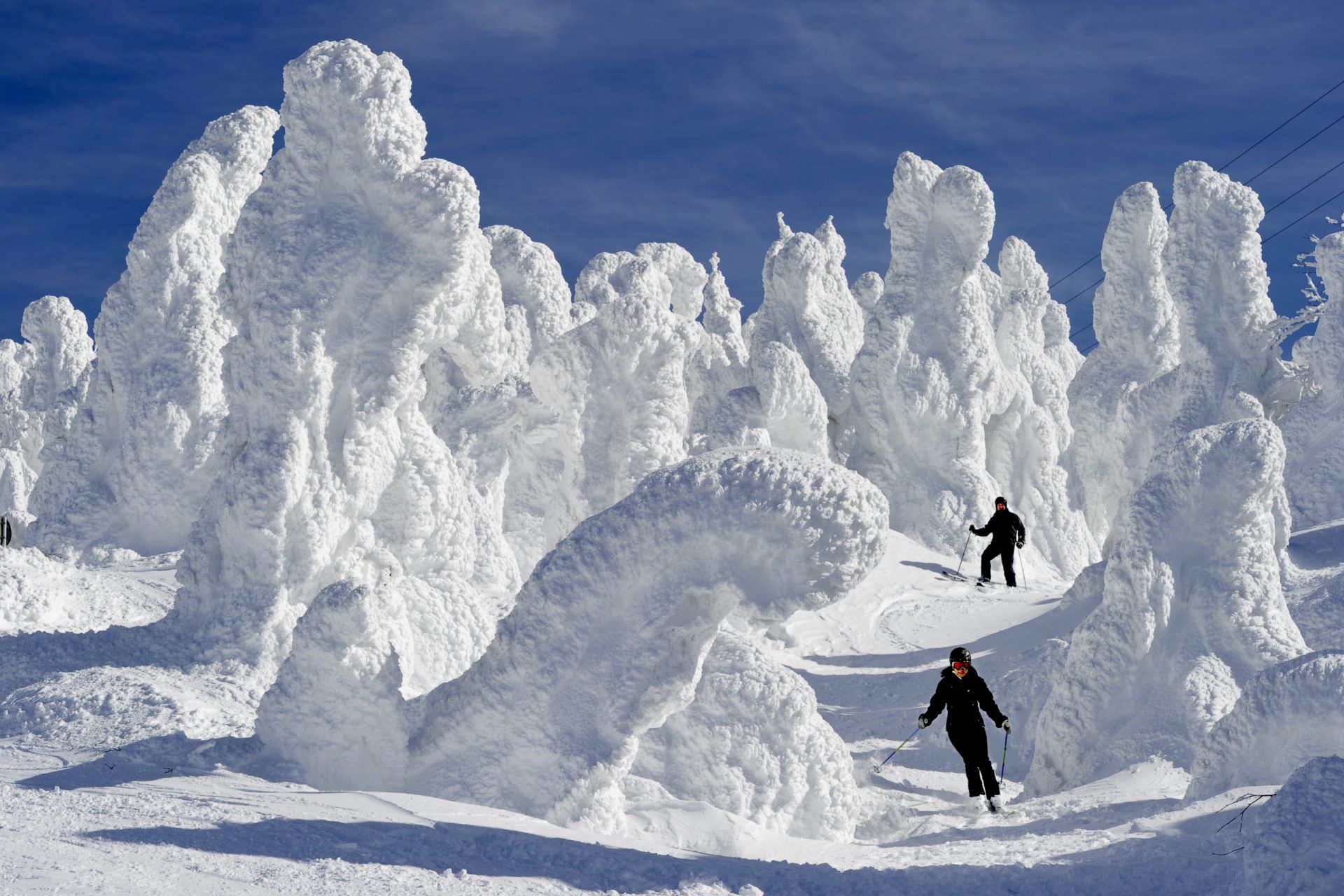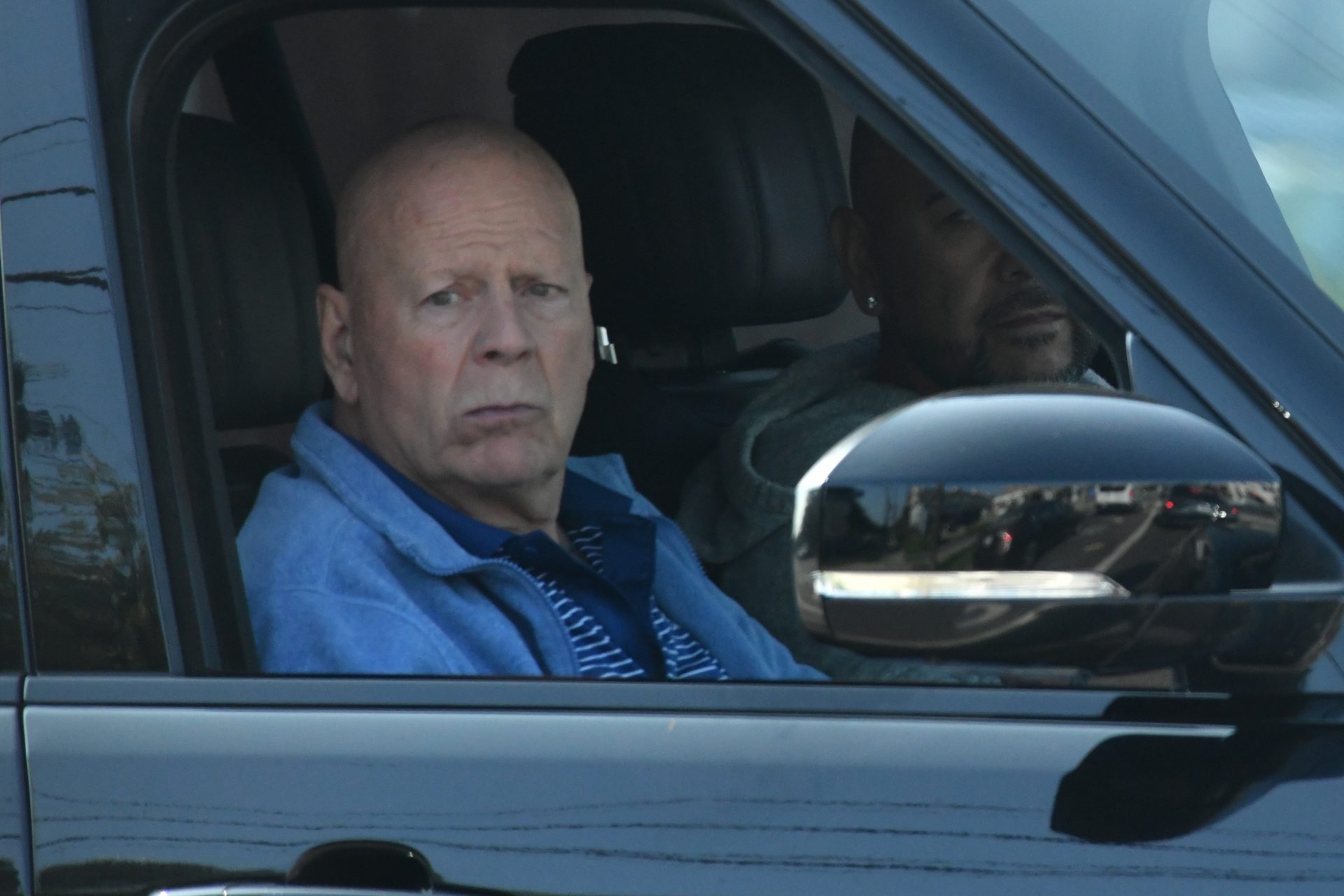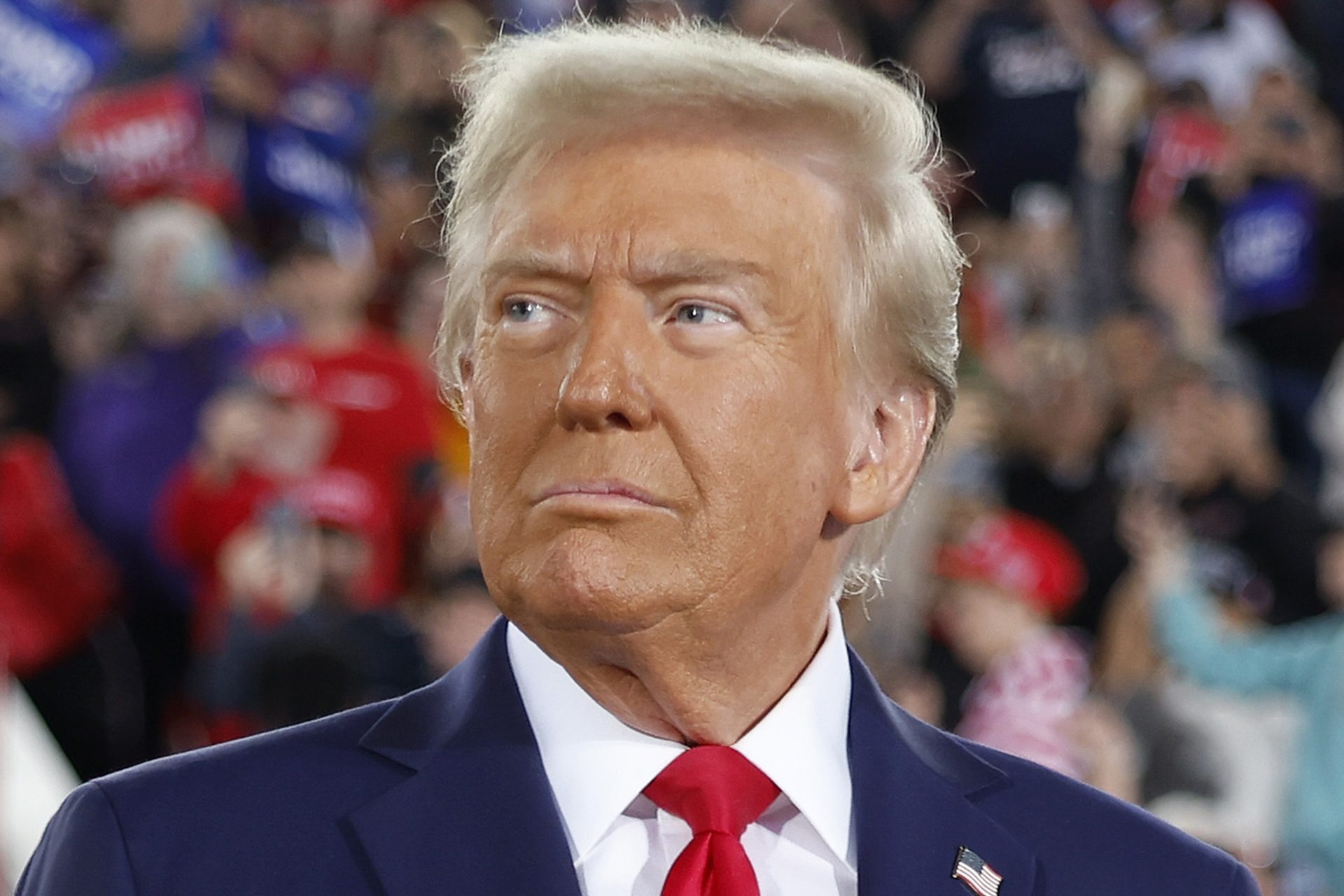Ferrari: how a car became a legend
If there is anything more Italian in the world than pizza, it is undoubtedly Ferrari. About to blow out 75 candles in 2022, the Prancing Horse has never lost its charm. "We can not describe the passion, we can only live it,” Enzo Ferrari said about the legendary car.
The history of this four-wheeled legend is inextricably linked to the charismatic figure of its founder, Enzo Ferrari. During his leadership of the racing team, Ferrari achieved more than 5,000 sporting victories worldwide and won more than 20 titles.
Who was this man who turned a car into a legend?
Enzo Ferrari was born in Modena in 1898. With his father Alfredo, owner of a garage, the young Enzo shared his passion for cars. Together, they attended Enzo's first race in Bologna, when he was only ten years old.
(In the photo: the finish line of the Florio Cup in Bologna, in 1908.)
Fate was not so kind to young Enzo. The death of his father in 1915, and then of his older brother Dino the following year, deeply marked Enzo's life. He would jump from one job to the next before finding his way as a test driver, and then as a pilot, for the Milanese company Alfa Romeo.
(In the photo: Enzo Ferrari, on the right, next to Nicola Romeo, in the center, together with other members of the Alfa Romeo staff)
As a driver, Enzo Ferrari achieved great success, gaining the confidence of Alfa Romeo's management. However, he did not forget his love for mechanics, and in 1929 he founded Scuderia Ferrari, a mechanical workshop specialising in the repair and overhaul of Alfa Romeos.
(In the photo: Attilio Marinoni, chief mechanic of Scuderia Ferrari, with an Alfa Romeo in 1934)
In 1933, following the financial crisis, Alfa Romeo had to retire from racing. Scuderia Ferrari seized this opportunity to start competing with the brand. It hired the most famous drivers of the time, such as Giuseppe Campari, René Dreyfus, and Tazio Nuvolari, and the Ferrari name began its rise.
(In the photo: Tazio Nuvolari crossing the finish line)
In the 1930s, Ferrari was still strongly linked to Alfa Romeo. Enzo built the Alfa Romeo 158 'Alfetta' (photo) for Alfa Romeo in 1938. Thanks to the strength of the Alfetta, Alfa Romeo decided to return to racing. It appointed Enzo Ferrari as the director of its new section, Alfa Corse.
However, things did not work out between Enzo Ferrari and the Alfa Romeo management, and shortly after, Ferrari left the company. He was limited in using his own name to compete with Alfa Romeo: a clause in his contract prohibited the label 'Scuderia Ferrari' for the next four years.
Still, Enzo Ferrari was determined to build a car to beat Alfa Romeo. So, in 1939, he founded Auto Avio Costruzioni with the money he had obtained from Alfa Romeo in a settlement. He also got help from two local businessmen: Adolfo Orsi, owner of Maserati, and Vittorio Stanguellini, a designer of the FIAT cars that dominated the world's racetracks at the time.
(In the photo: Enzo Ferrari and Adolfo Orsi)
In 1940, the 815 rolled out of the workshops of Auto Avio Costruzioni. It was a two-seater spider with an 8-cylinder, 1.5-liter engine (hence the name) of which only two examples would be produced. As he was still prohibited from using the Ferrari name, Enzo's first car would not be a Ferrari.
(In the photo, the only remaining 815 in the world)
In World War II, there was no place for racing. Italy under Mussolini was strongly committed to the war. In the early 1940s, like many others, Enzo Ferrari temporarily abandoned car production to concentrate on the manufacturing of military aircraft components.
As with many other businesses in Europe at the time, there is a debate on whether Enzo built materials for the Fascists willingly or whether he was forced to. Either way, as he feared the Allied bombing raids in the area, he moved the company to Maranello, the place that would become Ferrari's famous home.
In the photo: The Ferrari workshops in Maranello
When the war ended and the four-year embargo on his brand was over, Ferrari could use his own name for his company. He founded the Ferrari car brand in 1947 and gave life to the 125 S, the legitimate heir to the 815. In the same year, this model would compete in its first race.
In the new racing class Formula 1, Ferrari debuted in the 1950 Monaco Grand Prix. The next year, his team got its first victory. In the British Grand Prix at Silverstone, Ferrari beat Alfa Romeo with driver José Froilán González. Slowly, Ferrari would take over the leadership from Alfa Romeo. Alberto Ascari (in the photo) would win the 1952 and 1953 championships.
In the 1960s, Ferrari had tough competition from the British brand Cooper, among others. The red car only won two championships that decade: in 1961 and 1964. At the same time, Ferrari became a public limited company. It sold part of its shares to FIAT in 1969, in order to guarantee stability and support for the Ferrari enterprise.
Ferrari needed that stability, because in the early years of Formula 1, there was a lot of criticism on the company. Safety, on and off the track, was not guaranteed in the racing business, and a number of fatal accidents caused Enzo Ferrari to become the target of the Italian press. The Civiltà Cattolica newspaper, for example, called racing a "useless massacre."
Enzo Ferrari faced a trial for the accident during the '57 Mille Miglia race, in which Ferrari driver Alfonso De Portago (pictured) and a few dozen spectators were injured or killed. Nine people would die. Apart from this accident, Ferrari got more penalties for recklessness in the late 1950s and early 1960s than any other team.
The 1961 Italian Grand Prix saw one of the biggest accidents to this day in Formula 1. More than ten spectators lost their lives and many others were injured when Ferrari driver Wolfgang Von Trips lost control of his car after contact with a Lotus and was thrown out of the car. The Ferrari he was driving plunged into the crowd.
The carnage shocked the world. It was the first accident to be filmed and broadcast on television. Even the Pope, John XXIII, felt he needed to make a statement. It would be criminal, he said, to organize other competitions of this kind.
In the second half of the 1970s, Ferrari returned to win in the Formula 1 class. It got three drivers' titles and four constructors' titles in 5 years. These were the years of the legendary Niki Lauda (pictured) and Jody Scheckter. Ferrari fans were ecstatic.
Niki Lauda nearly died after a crash on the Nürburgring circuit during the 1976 German Grand Prix. His car was on fire and a competitor, the Italian Arturo Merzario, had to pull him out of the burning car. Lauda suffered extensive scarring from burns on his face (you can see some of them in the photo), but he recovered from the accident and continued racing with Ferrari until 1979.
The 1980s had a horrific start for Ferrari. Gilles Villeneuve, the young Canadian driver who had taken Lauda's place at Ferrari, got into an accident at the Zolder circuit in Belgium in 1982. He didn't survive it.
When Enzo Ferrari passed away in 1988, the company changed significantly. FIAT took control of 90% of the company, leaving 10% of the shares to Enzo's son, Piero.
While Formula 1 successes were limited and the company saw an overhaul of shares after Enzo Ferrari's death, the 80s were the time in which three of Ferrari's most iconic road models were produced. We are talking about the F40, the GTO (both special limited edition series), and the undisputed Ferrari legend: the Testarossa.
Ferrari maintained close collaborations with famous designers, such as Sergio Pininfarina. He and his father were responsible for jewels such as the 360 spider, the P6, the F430, and the Pinin, among others.
In the photo: Sergio Pininfarina posing with a Ferrari in 1984
The Ferrari brand celebrated its legacy with the Ferrari Gallery museum in 1990, tracing the history of the Prancing Horse.
In the photo: Ferrari CEO Luca Cordero di Montezemolo in 1991, in front of a photo of a young Enzo Ferrari.
While Alain Prost, Jean Alesi, and other drivers entered the hearts of Ferrari fans in the 1990s, there was also hardship. The death of Brazilian driver Ayrton Senna (pictured) in San Marino 1994 shocked the world and seemed to mark a before and after in the world of racing.
Things were looking up for Ferrari at the end of the 1990s. In 1997, FIAT sold Maserati to Ferrari and the Renzo Piano wind tunnel was inaugurated, allowing the aerodynamic tuning of Ferrari cars. In 1999, the racing team won the Constructors' World Championship thanks to Michael Schumacher and Eddie Irvine. Ferrari was ready for the new millennium.
In the 2000s, Schumacher and Räikkönen were the architects of a real renaissance for Ferrari in Formula 1: between 2000 and 2008, the team won 13 World Championships, six Drivers' World Championships (five with Schumacher and one with the Finnish driver Kimi), and seven Constructors' World Championships.
Ferrari's public models, such as the Enzo in 2002 and the F430 in 2004, were a success. In 2013 the company produced 499 units of the exclusive LaFerrari hypercar, with a base price that exceeded one million euros. In 2016, Ferrari president Marchionne announced the construction of the 500th model of the hypercar, which would be auctioned for the relief of the Italian regions hit by that year's devastating earthquake.
On the race track, the 2010s and 2020s weren't great. Other teams, especially Mercedes and Red Bull, formed strong competition for both the Drivers and Constructors' World Championships. After its last victory in 2019, with Sebastian Vettel, it took 910 days and 45 races before Ferrari returned to the top with Leclerc and Sainz. It happened in the opening round of the 2022 world championship in Bahrain.
Over the years, Ferrari has become an all-Italian myth. But what does the color red stand for, and what about the Prancing Horse in its logo?
"Ask a child to draw a car, and certainly he will draw it red," Enzo Ferrari said once. Yet, this is not the reason why Ferraris are red. It actually stems from a regulation of the world war era. The organization that later became the FIA established at the time, that French cars would be identified by the blue color, the British by the green, the Germans by the white, and the Italians by the color red.
The Ferrari logo is the black Prancing Horse on a yellow background, with the initials SF (Scuderia Ferrari) at the bottom. The three stripes at the top - one green, one white, and one red - represent the Italian national colors.
But Ferrari wasn't the first to use this symbol. Initially, it was the personal emblem of Major Francesco Baracca, the ace of Italian aviation whose thirty-four aerial victories during the First World War earned him the gold medal for military valor. The Prancing Horse became the symbol of courage and recklessness.
The Prancing Horse was not only used by the Ferrari brand: Fabio Taglioni also applied it to his Ducati in the late fifties and early sixties, and even the Porsche brand has had a prancing horse in the logo - based on Stuttgart's Coat of Arms.
Ferrari is the only team that has participated in all editions of the World Championship. It is also the first that won 15 Drivers' World Championships and 16 Constructors' World Championships. A legend, indeed.








































